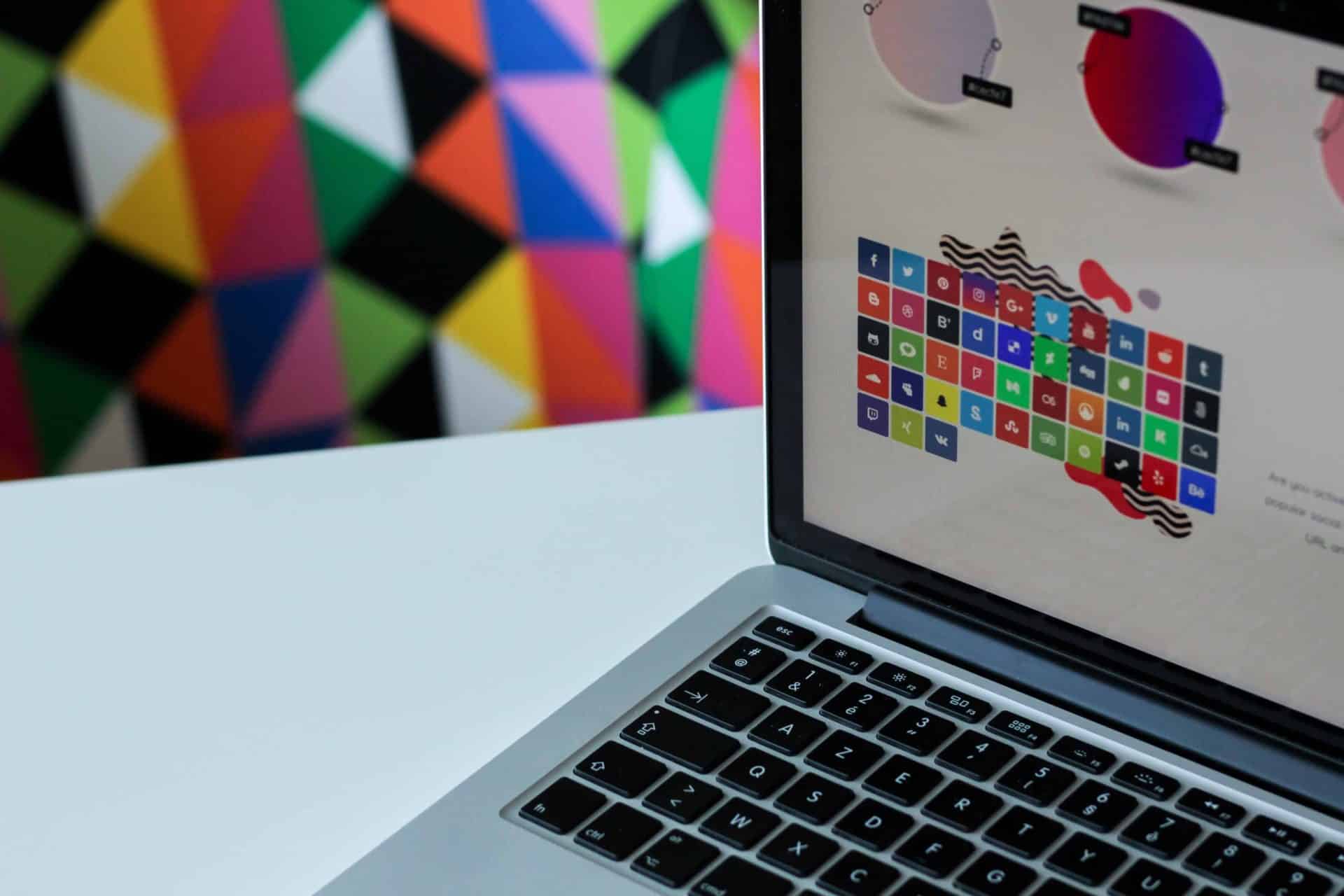Colour Symbolism
Colour symbolism is a fascinating aspect of visual communication that profoundly influences our perceptions and emotions. As a graphic designer, I’ve witnessed firsthand how colours can evoke specific reactions and shape our understanding of various elements.
Prepare for a colourful journey as we explore its impact on design, culture, and human psychology. Join me as we unravel the secrets behind the hues that surround us.
It also refers to the associations and meanings attributed to different colours. By comprehending the underlying symbolism, designers can harness its power to effectively convey messages and evoke desired emotions.
Colours, like features, follow the changes of the emotions.
Pablo Picasso

Historical and Religious Influences
Historical events and religious beliefs often influences it. For example, in Western culture, white is associated with purity and innocence, while in some Eastern cultures, it symbolises mourning and death. Understanding these historical and cultural nuances is crucial for effective cross-cultural design.
Psychological Origins
Certain colour associations have deep-rooted psychological origins. For instance, red is commonly associated with passion and intensity due to its physiological effects on the body, such as increased heart rate. For example, the iconic red colour of Coca-Cola’s branding. Blue, on the other hand, symbolises tranquility and trust, evoking a sense of calmness.For example , IBM, a global technology company, uses blue conveys a sense of expertise, stability and professionalism.
Colour Symbolism in Advertising and Marketing
Colours play a huge role in advertising and marketing campaigns. Brands strategically choose colours to create specific impressions and influence consumer behaviour. For instance, fast-food chains often employ vibrant red and yellow hues to evoke a sense of urgency and appetite stimulation. A good example is McDonald’s, which employs a combination of red and yellow in its branding.
Incorporating It in Design
As a graphic designer, understanding colour symbolism empowers you to create visually compelling designs. Consider the desired emotions and messages of your design project. For instance, using warm colours like orange or yellow can evoke feelings of energy and happiness, while cooler tones like blue or green can convey a sense of calmness and tranquility.
The Power of Contrasting Colours
Contrasting colours can create visual impact and enhance the overall design. For instance, pairing complementary colours like blue and orange or red and green can create a vibrant and harmonious composition that captures attention.
Cultural Sensitivity
When designing for diverse audiences, cultural sensitivity is vital. Colours may hold different meanings in various cultures. For instance, in Chinese culture, red symbolises luck and celebration, while in Western culture, it often represents love and passion. Adapting to these nuances ensures that your design resonates with the intended audience.
Gender-Specific Associations
Society has often assigned gender-specific colour associations. Pink is traditionally associated with femininity, while blue is linked to masculinity. However, it’s essential to challenge these stereotypes and embrace a more inclusive approach to colour symbolism in design.
The Ever-Evolving Nature of Colour Symbolism
Colour symbolism is not fixed and can evolve over time. Contemporary trends and societal shifts influence the meanings associated with colours. Staying updated with current interpretations allows designers to create relevant and impactful visual experiences.
Key Takeaways
Colour symbolism is a powerful tool for graphic designers to create visually striking and emotionally impactful designs. By understanding the origins, cultural influences, and psychological effects of colours, designers can craft meaningful visuals that evoke strong emotions and resonate with viewers. Embrace the world of colour symbolism and unlock the potential to create designs that truly speak to people’s hearts.For a quick browse on colour symbolism, click here






